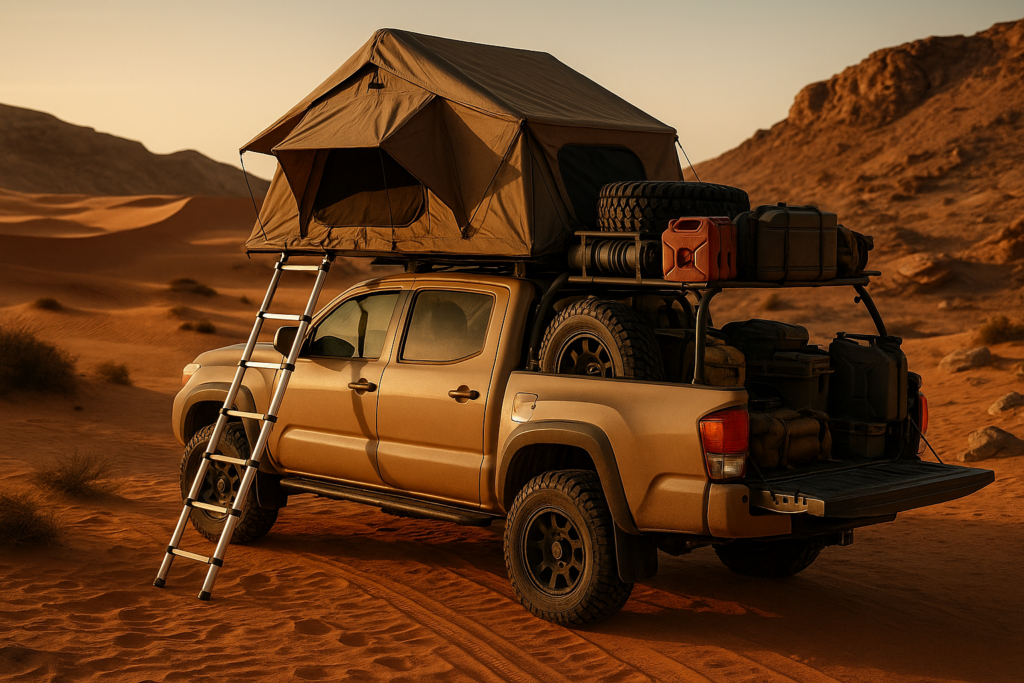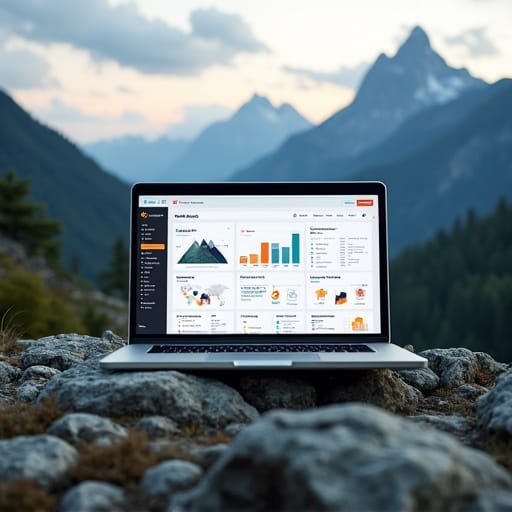When premium outdoor brands experience sudden traffic surges, they face the same digital challenges as major news organizations during breaking stories. The parallels run deeper than most realize: both operate as content-first publishers, both must handle massive traffic spikes instantly, and both require infrastructure that never fails when audiences need them most.
The outdoor industry has fundamentally transformed from simple product catalogs to sophisticated content operations. According to the Bureau of Economic Analysis, outdoor recreation generated $1.2 trillion in economic output in 2023 , representing 2.3% of GDP. This massive market now operates with the complexity of media companies, creating immersive brand experiences through storytelling, user-generated content, and educational resources.
Yet many outdoor brands still rely on basic e-commerce platforms that buckle under pressure, creating a dangerous mismatch between their content ambitions and technical foundation.
The Growing Cost of Digital Failures
Website downtime has become increasingly expensive across all industries. Recent research from Information Technology Intelligence Consulting shows that 97% of large enterprises report downtime costs exceeding $100,000 per hour. For retail operations specifically, these costs reach an average of $287 million annually among Global 2000 companies.
The outdoor industry faces unique vulnerability during peak demand periods. Digital marketing research from 2024 shows outdoor brands experience dramatic seasonal traffic variations, with search volumes for generic terms like “outdoor clothing” following predictable patterns tied to seasonal activities. When these predictable surges overwhelm inadequate platforms, the damage extends beyond immediate lost sales.
The retail sector suffers disproportionately from downtime because 77% of consumers leave a site without buying if they encounter an error. In outdoor retail, where purchasing decisions often involve significant research and comparison shopping, these abandoned sessions represent particularly valuable lost opportunities. Consumer research indicates that 60% are unlikely to return to a site later if they encounter an error , making first impressions critical.
The timing of these failures makes them especially costly. Traffic-induced crashes typically occur during peak visibility moments: product launches, successful marketing campaigns, or viral social media mentions. For outdoor brands, this means downtime often strikes during Black Friday sales, new gear announcements, or when influencers showcase products to massive audiences.
Learning from Media Industry Infrastructure
Major news organizations have solved similar challenges through enterprise-grade content management systems designed for extreme reliability. CNN, BBC, and Reuters regularly handle traffic spikes that dwarf most e-commerce events, yet maintain consistent performance through proven infrastructure approaches.
During the 2024 US Presidential election period, enterprise platforms successfully managed more than 22 billion requests while maintaining 100% uptime. This level of performance comes from architectural decisions specifically designed for content-heavy operations under extreme load.
The media industry’s approach offers three key lessons for outdoor brands:
Content-First Architecture: News organizations build platforms optimized for rich media content, fast publishing workflows, and global distribution. Modern outdoor brands require identical capabilities for product imagery, educational content, and user-generated media that drives purchase decisions.
Scalable Performance: Media sites prepare for predictable traffic surges around major events. Similarly, outdoor brands can predict seasonal peaks, product launches, and campaign-driven traffic spikes. The infrastructure should automatically scale to handle these known patterns.
Global Distribution: International news organizations distribute content through edge networks optimized for diverse geographic locations and connection speeds. Outdoor brands serving adventure enthusiasts in remote locations need similar geographic distribution capabilities.
Real-World Performance Requirements
The outdoor industry’s digital marketing landscape has evolved significantly. Research shows the segment experienced 25% year-over-year growth in Media Impact Value in 2024 , indicating increased sophistication in digital strategies. However, this growth creates higher performance expectations.
Mobile performance has become particularly critical. UK outdoor clothing brand research found that 62% of consumers are less likely to convert if they have a negative mobile site experience. For outdoor brands, mobile optimization isn’t optional—adventure enthusiasts frequently research and purchase gear while traveling or from remote locations with limited connectivity.
Site speed directly impacts conversion rates. Digital marketing analysis shows outdoor brands achieving mobile site speed scores between 57 and 93, with significant conversion improvements at higher performance levels. The research indicates brands scoring above 70 in mobile performance see measurably better customer engagement and completion rates.
The competitive landscape has intensified as well. With outdoor participation reaching 175.8 million Americans in 2023 —a 4.1% increase—brands face both opportunity and increased competition for customer attention. In this environment, technical performance becomes a key differentiator.
Infrastructure Requirements for Modern Outdoor Brands
Today’s outdoor brands operate with complexity similar to media organizations. They must:
Manage Multi-Brand Portfolios: Large outdoor companies often oversee multiple brands with distinct identities but shared governance requirements. This mirrors how media conglomerates manage various publications under unified standards.
Handle Seasonal Content Cycles: Like news organizations preparing for election coverage, outdoor brands must coordinate complex content calendars around seasonal activities, product launches, and industry events.
Integrate Complex Systems: Modern outdoor commerce requires connections between content management, product information systems, dealer networks, and marketing automation platforms. These integrations must maintain performance under load.
Serve Global Audiences: International outdoor brands must deliver consistent experiences across diverse markets, languages, and connection qualities—challenges identical to those faced by global news organizations.

The Path Forward
The most successful outdoor brands are beginning to recognize these parallels and adopt infrastructure solutions proven in high-stakes publishing environments. This isn’t about abandoning e-commerce functionality—it’s about adding the content management and performance capabilities that modern outdoor brands require.
Publisher-grade platforms offer several advantages specifically relevant to outdoor brands:
Content Velocity: Streamlined publishing workflows enable faster time-to-market for seasonal content and product information. Research shows properly implemented systems can reduce content-to-site time by 30%.Content-Strategy.md
Visual Storytelling: Outdoor brands depend heavily on high-quality imagery and video content. Publisher-grade platforms handle rich media without compromising site performance.
Traffic Resilience: Infrastructure designed for news traffic spikes provides the reliability outdoor brands need during peak seasons and product launches.
Global Performance: Edge distribution networks ensure consistent performance for customers accessing sites from remote locations worldwide.
The outdoor industry’s evolution toward content-first operations demands infrastructure that matches these new realities. Brands that recognize this shift and invest in publisher-proven platforms position themselves for sustainable growth in an increasingly competitive landscape.
The same technical foundation that keeps major news sites online during global events can ensure outdoor brands never miss opportunities to connect with adventure-seeking customers.
Ready to explore how publisher-grade infrastructure can transform your outdoor brand’s digital operations? Schedule a free 15-minute consultation with our enterprise experts to discuss your specific requirements and implementation timeline.





